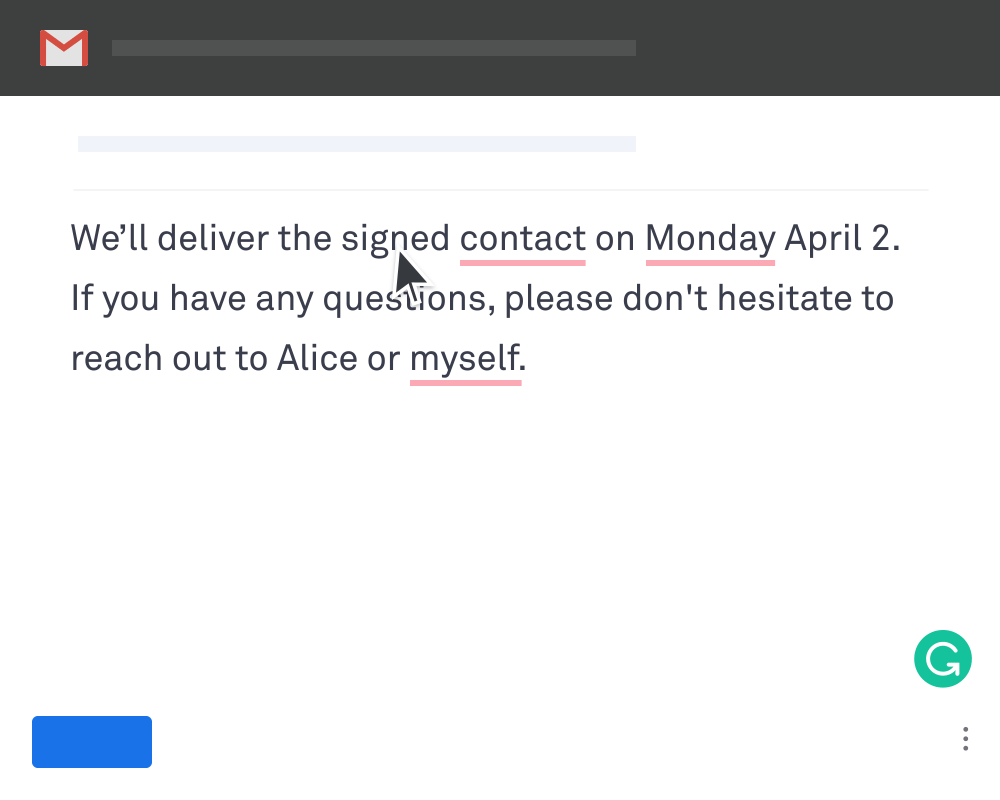

The process of identifying the nature of a disorder.ĭirect contact with impurities or germs. This weakens your teeth and makes them more succeptable to decay.Ī synthetic replacment for all of your teeth in either your upper or your lower jaw. Sterilization procedures, unclean instruments, or “recycling” of orthodonticġ) An artifacial tooth, 2) an artificial replacementĪ periodontal procedure where your gums are Indirectly from one patient to another through the use of improper Calculus is also known as tartar.Īnother name for a cavities (tooth decay)Ī small hole in one of your teeth caused by tooth decay. Removal of fluids from your mouth with anĬlenching or grinding of your teeth especially at night.Ī hard deposit that forms when you do notīrush your teeth so the plaque hardens. In practice,it refers to those techniques which aims toĪ tube like a straw which the dentist puts in Orthodontist can look carefully at your bite. The articulator holds the models in the same alignment as your jaw so the To your your Centrals, laterals and cuspids (your front teeth).Ĭollectively, either the teeth or the basal bone of either jaw.Ī special holder for models of your teeth. You, your mouth, or some other part of your body asleep so you do notįeel any pain during dental or medical procedures.Īn adjective used to describe things pertaining The teeth on either side of a missing tooth.Ī silver/mercury mixture which is used for fillings.ġ)The arangement of the bones in your skeletonĢ) The study of the arrangement of the bones in your skeleton.Ī chemical agent which can be applied to living tissues to destroy germs.Ī drug which a doctor or dentist uses to put The very inner part of your tooth containing nerve cells and blood vessels. The soft inner structure of a tooth, consisting of nerve and blood vessels
#OTHER WORDS FOR FORWARD MOVEMENT SKIN#
Of skin under your tounge which sticks out when you pick up your tongue,Īnd the piece of skin which sticks out when you pull out your lips. Your lips, cheeks and tongue to your mouth. Small pieces of pink colored skin that attach The calcium part of a tooth below the enamel containing the pulp chamber and root canals.Ī hard ceramic which covers the exposed part of your teeth. The chewing or tearing points of the cuspids, bicuspids, and molars. Term “buccal” only when talking about your back teeth.Ī bony substance covering the root of a tooth. Usually only posterior teeth touch your cheeks, so people usually use the The tooth surface which is next to your cheeks. The very bottom of the root of your tooth In this notation, your upper right third molar is designated as tooth#1, and then you number each tooth sequentially moving right to left and down across your mouth.Ī opening in your jaw-bone in which a tooth is attached. The universal numerical notation is an alternative numerical notation for teeth. In this notation, the centrals areĭesignated as 1’s, the laterals as 2’s, the cuspids as 3’s, the first bicuspidsĪs 4’s, the seond bicuspid’s as 5’s, etc. The numerical notation for teeth is an alternate to Palmer’s notation. The four parts of your mouth, that is the upper left, the upper right, the lower left, and the lower right. Primary teeth are also called “baby teeth” or deciduous teeth. These are the teeth in the back of your mouth.

These are the teeth in the front of your mouth These teeth also have a level surface with four cuspals.Īnother name for the centrals and laterals These teeth also have a level surface with four cuspals. These teeth have a level surface with four cuspals. The teeth just behind the second bicuspids.

These teeth also have two cuspals (or points). The teeth just behind the first bicuspids. The pointy teeth just behind the laterals. The two upper and two lower teeth in the very center of your mouth. The remaining teeth are designated as follows: Central For example, the central on the upper right side of your mouth is called an upper right central. One then combines the names of the quadrant and the tooth to come up with a Palmer’s notation. For example the two upper and two lower teeth at the center of your mouth are called central’s. Then each individual tooth in the quadrant is given a name.

In Palmer’s notation, your mouth is divided into four parts called quadrants, that is the upper left quadrant, the upper right quadrant, the lower left quadrant, and the lower right quadrant as illustrated in the figure on the right. Palmer’s notation is a widely used method to designate individual teeth.


 0 kommentar(er)
0 kommentar(er)
